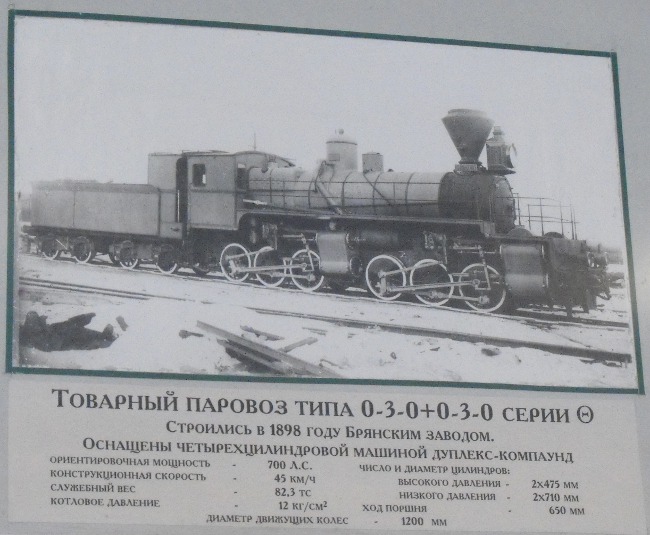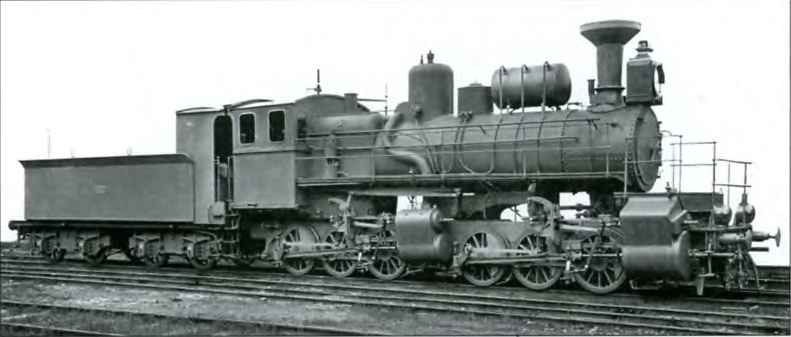With Azerbaijan being in the news this weekend, it might be a good time1 to mention the book The Transcaucasian Railway and the Royal Engineers by RAS Hennessey (Trackside Publications, 2004. There is a review of it at The International Steam Pages).
On page 26 the book mentions the use of class Ѳ (an obsolete Russian letter, fita), Bryansk-built 0-6-6-0 Mallet articulated compound steam locomotives on the Transcaucasian Railway.
“An interesting speculation about these Mallets is that their basic design had in mind imperial Russian dreams of a line from Merv to Kandahar, Afghanistan, and thence to Quetta, then in British India (now in Pakistan). The tough conditions of the TCR’s Armenian lines provided a good testing ground for possible locomotives to work this line.”
The reference says this information comes from J Nurminen and FM Page’s book Russian Locomotives vol 2 1836-1904 (I think this should read 1905-24, as 1836-1904 is volume 1, by A De Pater and FM Page). I haven’t yet found a library with a copy of the book to look up the reference.
According to Hennessey, the TCR locomotives “were costly to acquire and their complexity resulted in slow, expensive servicing and maintenance […] Two were apparently spotted derelict in the 1930s at Kars, by then in Turkey.”
There are no photographs of a fita class locomotive in the book. However this photo I spotted on display at the St Petersburg railway museum in March 2011 shows one:

The Russian-language Wikipedia has some basic information on the Ѳ class, though with no mention of Afghanistan. There is also a public domain image from the Kirov plant’s archive showing one with detail differences to the machine in the St Petersburg museum photo:

- Tenuous link to popular culture or what? And anyway, I thought the Moldovan gnomes should’ve won. ↩